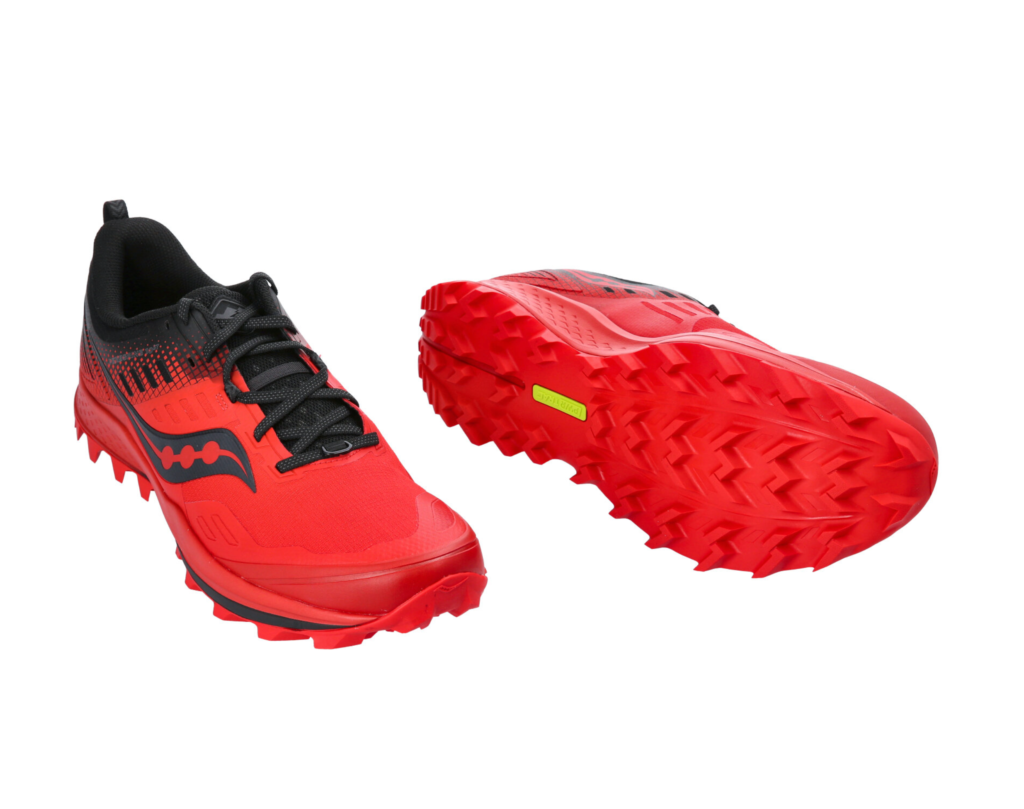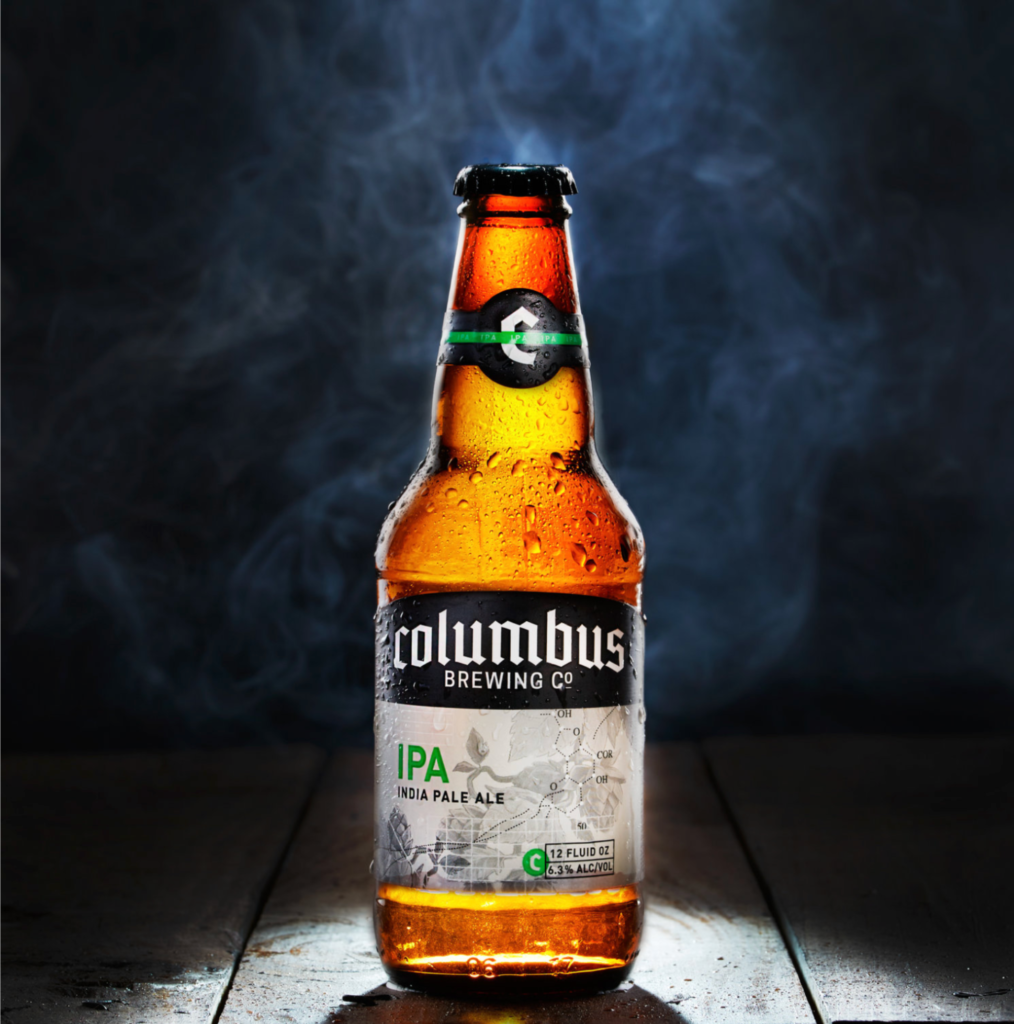How To Increase E-commerce Sales With a Compelling Product Page
Featured article by: Elysian Studios
There’s just one thing you should be thinking about when uploading photos to your product page: the customer experience.
How much information do your customers need to be comfortable enough to buy your product online? And how do you deliver it in the most compelling way possible?
Let’s be honest, product pages are often an afterthought…
Once you’ve designed a beautiful website, uploaded your banner images, and created a rich collection of images on social media, the product page is easy to just throw together with an image of each item and some copy.
But hold on, this is the only place that will actually bring in the money. This is where your sales happen. So shouldn’t product pages receive just as much, if not more attention than every other part of your business?
Here are the 5 things you should be thinking about when designing your product pages. And if you prioritize these, you will watch your sales increase.

1. Product photos are information to make your customers more comfortable purchasing your products online.
Picture this: you go to a home goods store and you are looking for decor for your living room. The manager walks up to you and says, “You can buy anything in the store, but you have to stand 20 feet back from the products, and you can’t see any side except for the front.” How likely would you be to walk out of the store with something?
Selling a product online with low-resolution images, or without more than 1 image is essentially the same thing — you aren’t giving your customers enough information to feel comfortable purchasing that item.
Today 17% of global retail sales are online, and customers are getting pickier. Not only do they need high-resolution images that allow them to zoom in on every detail, but they also want to see every angle, every detail, every nook and cranny.
By posting multiple images and angles to your product pages, you are giving your customers more and more information to make them more comfortable purchasing a product they were never able to hold in their hands.
And considering 25% of all product returns are simply because the product the customer received looks different than they did in the product photos, investing in professional photography will lower the chance of customers returning products, therefore saving you money in the long-term.
2. Product shots are your chance to tell a story
It’s not always obvious, but yes, you can tell a brand story on your product page.
Most of our customers think that their only chance to tell their brand story is with banner images, social media, and their “About” page. But, in reality, your brand is reflected in all content you put out there for the world to see.
Here’s a couple of ways we help tell a brand story for our clients:
- Detail/close-up shots can reflect the quality your business strives for. Show the hand-stitched fabric in a pair of pants, the perfect welding on industrial parts, or the mouth-watering, moist layers to a deluxe brownie. These characteristics aren’t always noticeable from the main product image, so allow the customer to get in close and intimate with your items so they truly get a sense of the quality of the product you sell.
- Lighting can vastly change the mood of an image. Soft, diffused light flatters apparel and models. Direct, specular light accentuates texture, making it perfect for beauty and cosmetic products. Highlights and shadows need to be balanced perfectly for metallic or reflective items. A professional photographer with industry experience knows exactly how to light your products to best flatter them and represent the tone of your brand, so work with them to decide what’s best for your business.
3. Informative but conversational copy to match your imagery
Sure, the product description is mainly just a way to relay the details, measurements, features, and attributes to your customers. But why not also have some fun with it, and use it to either create or relay your brand voice to your customers?
Few people really enjoy reading product copy, so when customers stumble upon engaging, conversational copy that really flows, it’s a refreshing experience.
The idea that product copy is meant to be purely informative is a common misconception. Some of the most successful companies have product copy rich with conversational tones, and puns or jokes.
So next time you’re updating your product page, think to yourself, “Is my copy facilitating an engaging customer experience? Or is it just filler information that I feel has to be there?” If your answer is the ladder, re-think how your copy is written and enhance your customer experience.
4. Go the extra mile with alternate media
It’s 2021, folks, and the photographer in me hates to say this, but product photography is a thing of the past. Let me explain.
Ok, no, product photography as a whole is not going anywhere anytime soon. What I mean, though, is that in order to truly stand out online, you need more than photography for your customers to experience on your product pages. Remember, we are talking about the customer experience here, and that means offering them the most modern, entertaining, and captivating experience possible on every page of your website.
Investing in alternative media can be expensive, but in our experience, businesses that do see more of a return. Here are the 3 best alternative media:

- Interactive 360° Spins: This is my personal favorite. 360° spins can be embedded directly into your product page and act as an image, until the customer clicks, drags, and zooms. Then it becomes an interactive experience, the next best thing to holding the product in your hands, allowing you to see every single angle how and when you want to. (Example of 360° spin below)
- Product Video: Video is a simpler file, more easily shared across multiple mediums. A clean product video can be shared on your website, social media, or even an email campaign. It has no interactability, but it is the best way to show particular product functionalities, sizing, fit, or assembly.
- Product Renders: Similar to 360° spins, a digital 3D model of a product allows the customer to engage and interact with the product. But because it is a 100% digital version of the product, it will be free of any imperfections or unflattering lighting. It will be a truly perfect representation of your product, and it allows the product to be rotated vertically, something a 360° spin cannot do.
With the big guys like Amazon, Walmart, and Wayfair investing in alternative media technology, customer standards are rising, and product photography alone won’t cut it.
5. Customer reviews can go a long way
Nothing speaks more to the quality of your products and services than customer reviews. They can lead to more sales than you ever imagined, and they can kill a business.
According to Google, 58% of customers read at least 2 reviews before purchasing a product.
At a certain point, beautiful images, fun copy, and cutting-edge media only go so far. After all, those are all things you have meticulously tailored to reflect your business in the best possible light. So, to a potential customer, nothing speaks louder about your products than reviews.
Having a variety of mixed reviews on your product page can go a long way: too many good reviews leave your customers wondering if they can trust you, as if you just remove any critical reviews. Too many bad reviews and your customers won’t buy anything. But a mix of both gives your customers true feedback about personal experience with your products.
Author: Connor Moriarty – Studio Manager, Elysian Studios